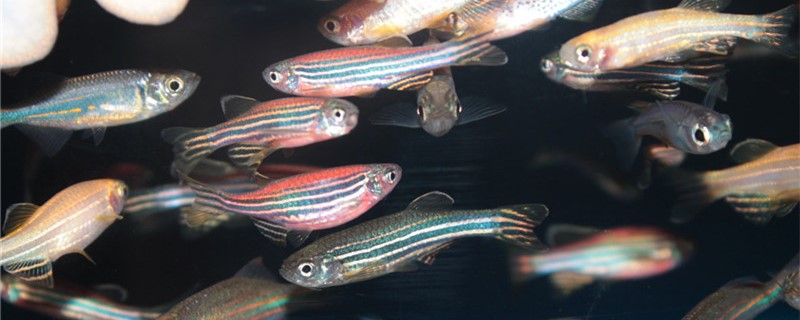
Before using new water, chlorine must be eliminated and water quality precipitated. Tap water contains a lot of chlorine. In order to prevent chlorine poisoning of fish, you can use gas wood or gas stone to pump air into the water to force out chlorine, in order to achieve the effect of chlorine removal. Or put it into a submersible pump to speed up gas exchange and remove chlorine by water flow. If conditions do not permit, fresh water can be dried in the sun for 1 to 2 days to remove chlorine. After dechlorination, the new water should be precipitated for a while, and then the upper water should be used.
When changing the water, first clean the impurities in the fish tank, and then change the water. Specifically, the feces at the bottom of the fish tank should be pumped out first. Then one third or one quarter of the old water is pumped out, and finally the treated new water is added to complete a water change.
Only fresh water after dechlorination can be used for fish farming. Therefore, it is better to store new water several days in advance to release chlorine in water. When changing water, the old water can not be poured out completely. According to the turbidity of the water quality, one third or one quarter of the old water is poured out and new water is added. Note that the temperature difference between new water and old water should not exceed 2 degrees Celsius. Otherwise, it will reduce the water temperature in the fish tank and make the fish uncomfortable. The water should not be changed too often. Generally speaking, water can be changed once a week.